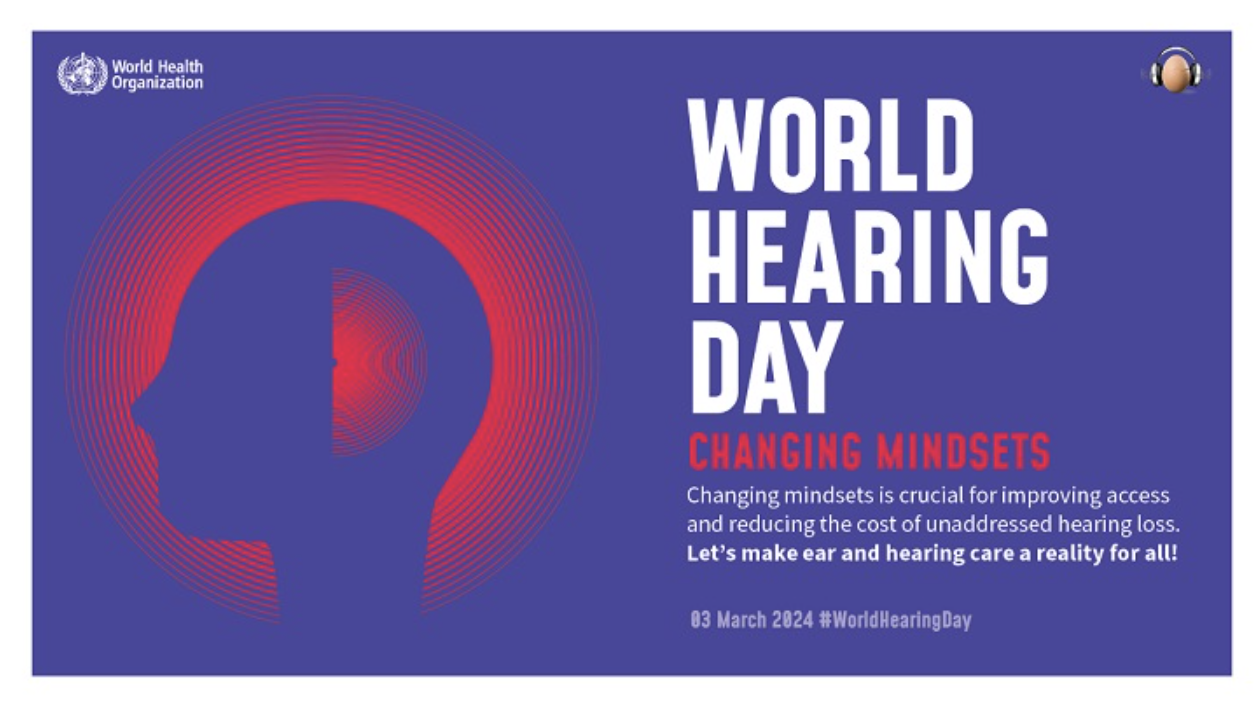
Community Spotlight: Mom signs special song to daughter on wedding day
September 2, 2016
How deaf people can benefit from wearables
September 5, 2016Study aims to understand the auditory structures in the brain

In efforts to advance the technology used in cochlear implants, researchers are working to better understand the auditory structures in the brain.
By studying both high and low frequency inputs, researchers at Lehigh University in Pennsylvania successfully identified specific characteristics that allow auditory nerve cells to process sound with time-related precision. This discovery might help advancements in future cochlear implant technology and preserve the natural organization of the auditory structures in the brain for those who are born with profound hearing loss.
How we perceive sound
Hair cells in the cochlea vibrate in response to sounds and the vibrations are turned into electrical impulses, which then neurons in the ear transmit to neurons in the brain. Hair cells are tuned to unique frequency tones and these are understood by us as ‘pitch’. The quality of our ‘sound processing’ determines how well we can understand speech and, how effectively we can detect where sound is coming from.
The study
Researchers built computer models of low frequency and high frequency neurons and ran a series of tests, which showed that neurons receiving high-frequency sound required faster input.
The tests determined both how the brain responds to sounds as well as revealed general features that apply to any brain cell that processes input and has a ‘time variant’ – e.g. how rapid the input is.
“A low frequency cell will tolerate a slow input and still be able to fire – but a high frequency cell requires a very rapid input and rejects slow input,” says Burger. “The neurons essentially demand that the high-frequency input be more precise.”
Why timing is important
As Science Daily explains:
“Timing precision is important to cochlear nucleus neurons because their firing pattern is specific for each sound frequency. That is, their output pattern is akin to a digital code that is unique for each tone.”
Because humans have two ears, sounds travel different distances to arrive at each of them. It’s up to the brain to make sense of the sounds. Our brains need to be able to discern the differences in when sounds arrive in order to help us to locate which direction sounds are coming from. (This is why it’s so difficult to locate sounds when you have single-sided deafness.)
How a cochlear implant works
Science Daily explains:
“A cochlear implant is an electronic medical device that helps provide a sense of sound to someone who is deaf or has severe hearing loss. It replaces the function of the damaged inner ear by sending electrical impulses directly to the auditory nerve. These impulses, in turn, are interpreted by the brain as sound.”
Burger, explains:
“Though an established and effective treatment for many, cochlear implants cannot currently simulate the precision of sound experienced by those with a naturally-developed auditory system. The sound processing lacks the clarity of natural hearing, especially across frequencies. Ideally, what you want – whether in your natural auditory system or through a cochlear implant – is the most precise representation in the brain of the various frequencies.”
Michael Burger neuroscientist and associate professor in Lehigh University’s Department of Biological Sciences, Oline, postdoctoral fellow at New York University Medical School and Dr. Go Ashida of the University of Oldenburg in Germany carried out the study. The findings were confirmed physiologically and published in the Journal of Neuroscience.
It is hoped that studies like this one may someday lead to advancement of the technology used to make cochlear implants.




